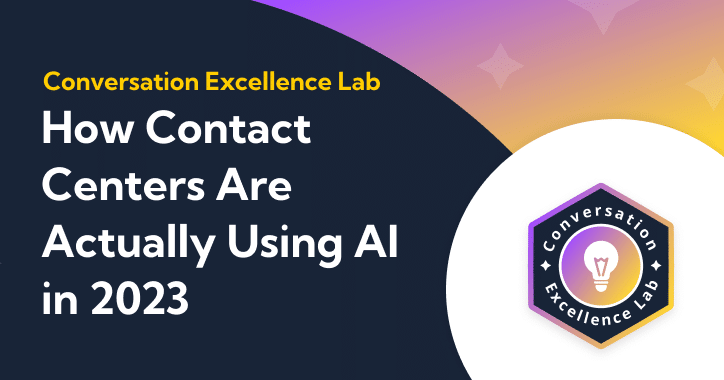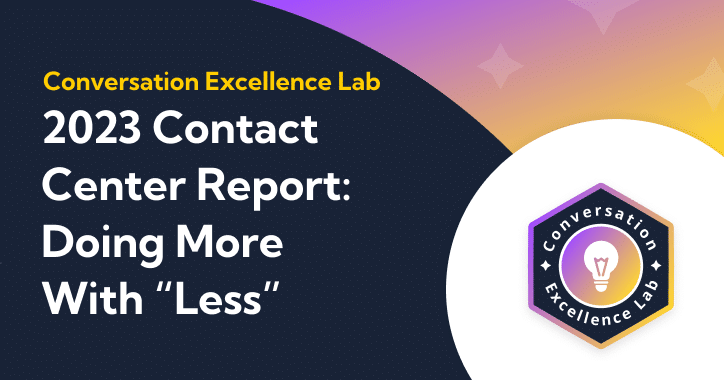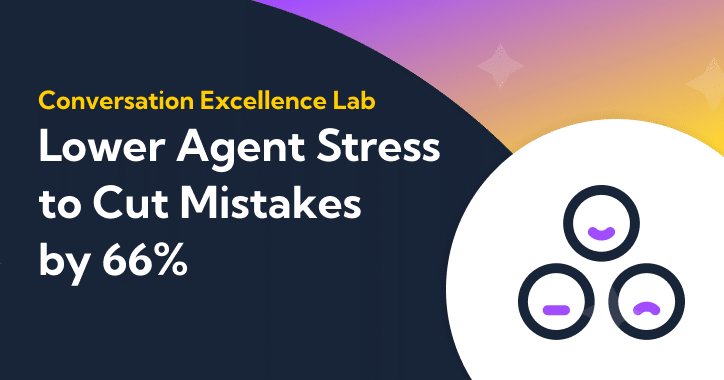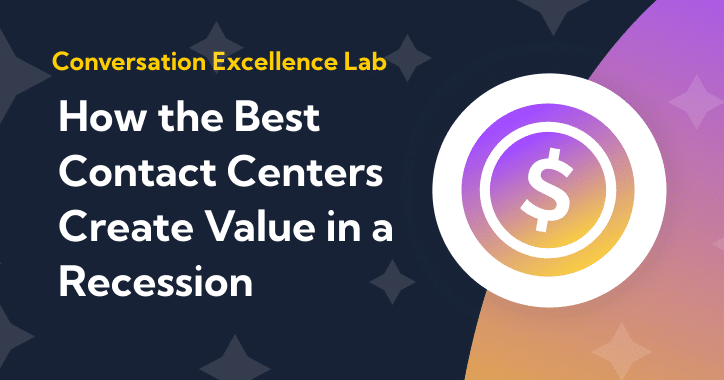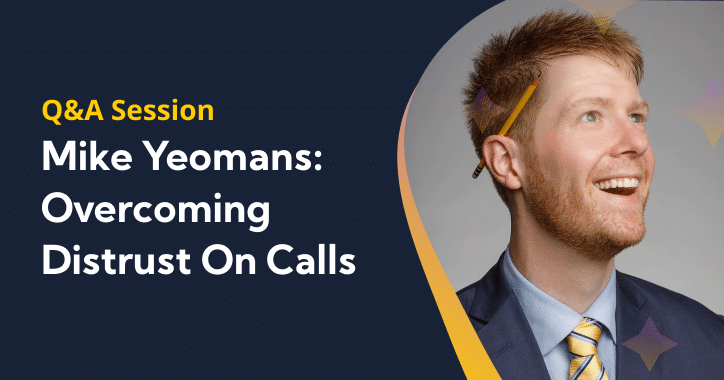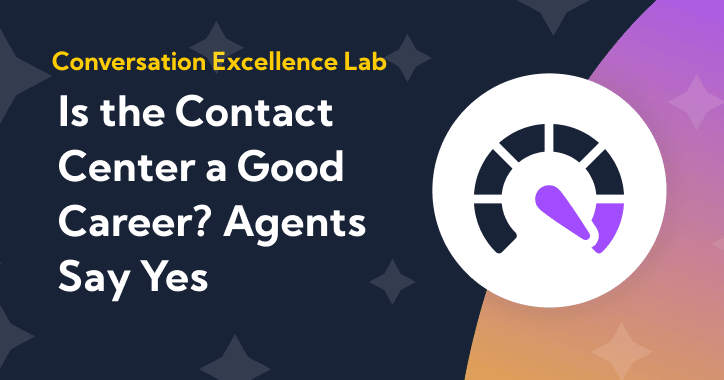In today’s economy, contact center leaders are tasked with doing as much as possible with as few resources as possible. We talked to 400+ contact center leaders about exactly this phenomenon in order to understand how they are doing more with less.
One of the questions we asked them was which tools and strategies they were using to generate more efficiencies. The top tools used were agent training (46.65%), Customer Relationship Management (CRM) tools (42.68%), and knowledge bases (36.48%), and bringing up the rear were none of the above (5.71%), and gamification tools (9.43%).
Figure 1: Utilization of Efficiency Tools
Nearly half of contact centers are leaning on agent training to improve their contact center efficiency and do more with fewer resources — but how exactly does this work? How can agent training act as a lever to drive positive outcomes for your contact center?
In this post, we’re going to cover 3 ways to create value with agent training:
- Deliver personalized 1-on-1 training to see the best results.
- Train agents to cross-sell, up-sell, and more to generate value.
- Make training itself more efficient to save time and money.
1-on-1 Training Delivers Results
Towards the end of 2022, we took a comprehensive look at agent onboarding practices. Contact center turnover is high, and the success of an agent’s first few weeks or months on the job can be a predictive measure of how long they’ll stay and how well they’ll perform down the road. To that end, we talked to over 200 agents and 200 managers and supervisors about what practices work best — and which don’t. You can read the full report here.
As part of the report, we asked all of our respondents to rate the effectiveness of the following onboarding tools and tactics on a scale of 1 (not effective at all) to 5 (very effective):
- 1-on-1 training
- Group training
- Online learning management tools
- Peer mentor/onboarding buddy
- Competitions/incentives
- Listening to call recordings
- Customer satisfaction (CSAT) surveys
- QA scorecards
Both managers and agents ranked 1-on-1 training as the most effective way to deliver training.
Figure 2: Agent vs. Managers & Leaders Rankings of Onboarding Tools and Tactics
Unlike group training, 1-on-1 training requires more attention from the learner. Training becomes a dialogue rather than a one-sided monologue, and the agent has to engage with their learning actively. Managers also have to personalize and tailor the content of the training directly to that agent, making it best suited to tackle their particular areas of improvement.
It might feel tempting, in a time when belts are being tightened, to go broad with your training and put in place something like an online learning management system. Resist this urge. Agents ranked these as the second-to-worst training method, right above QA scorecards. Both are impersonal in nature, and not directly tied to an agent’s actual learning needs.
But how can a contact center be expected to deliver personalized 1-on-1 training under both time and resource constraints?
A good place to start is by simply reducing the size of your training groups. In research in an academic setting, it was found that those with 32% smaller learning groups retained the equivalent of three additional months of learning compared to their peers. Even a small improvement goes a long way.
You can also outsource some of your 1-on-1 training by pairing new and tenured agents in a buddy system. This works on two levels:
- Your newer agents get to learn from a peer and build rapport and ties to your organization.
- Your tenured agents are empowered by this responsibility and feel more tied to your organization as well.
Train Agents on Value-Add Activities
Lately, we’ve been thinking a lot about how contact centers can establish themselves as value centers within an organization. When contact centers are perceived as cost centers or resource drains, they become them — it’s a self-fulfilling prophecy. But the opposite is also true: if you invest time and resources into your contact center, it will generate exponential value in return.
One way that this value is created is through the different activities that agents do on the phone. For example, a customer service agent doesn’t just provide great service. The best customer service agents can seamlessly incorporate the following tactics as well:
- Upselling to customers (encouraging them to purchase a higher-end product)
- Cross-selling to customers (encouraging them to purchase related items)
- Asking for online reviews
- Gathering customer information for marketing purposes (ex. quotes, feedback, etc.)
- Letting customers know about incentives and sales
Figure 3: Breakdown of agent value-add activities
Are your agents doing these activities regularly and confidently? If not, can you provide training to help them do so?
Asking for online reviews helps bring in organic leads and differentiates you from your competition. Up-selling and cross-selling are fantastic ways to capitalize on your most valuable audience: the people who already use your product. Gathering customer information for marketing purposes is a way to spread your reach, develop social proof, and market more effectively.
But despite the impact of these efforts, upwards of 20% of respondents said their companies did not provide training for them, or they weren’t sure if they did. Take the time to assess where your agents fall on the skills above so you can put together the most effective training programs.
Make Training & Coaching More Efficient
We surveyed over 500 contact center managers about coaching and found some inefficiencies that can be improved on. The two most glaring inefficiencies were:
- Managers spend 5x more time preparing for coaching sessions than actually coaching.
- Agents need 4+ coaching sessions before they can fully implement a new skill.
Let’s see what this math looks like: If a coaching session is 30 minutes, that means that a manager prepares for 5x that long: 2.5 hours. This represents a total of 3 hours of a contact center manager’s time for each coaching session and 30 minutes of the agent’s time.
But it doesn’t just take one coaching session for a skill to be implemented — it takes upwards of four. So we’re looking at 12 hours of a manager’s time and 2 hours of an agent’s time just to learn one additional skill.
Let’s say a manager has 20 agents. Over the course of a month, this looks like 240 hours of preparing and giving coaching sessions. There aren’t enough hours in a month to train everyone. That’s also 40 hours a month that agents are off the phone.
Finally, a quick look into the cost of all this time. If a contact center supervisor is making $25 an hour and an agent is making $15 an hour, you’re looking at $6,600 a month spent on coaching alone, or almost $80,000 a year. And this is just for a contact center with 20 agents and one manager. If you had a 200-agent contact center with 10 managers, that number would balloon to $800,000 a year on coaching alone.
What could you do with that time and money back? Technology like real-time coaching helps managers cut preparation time and deliver in-the-moment feedback for optimal results, effectively taking the inefficiencies out of the current coaching process, and helping you do more with less in your contact center.

